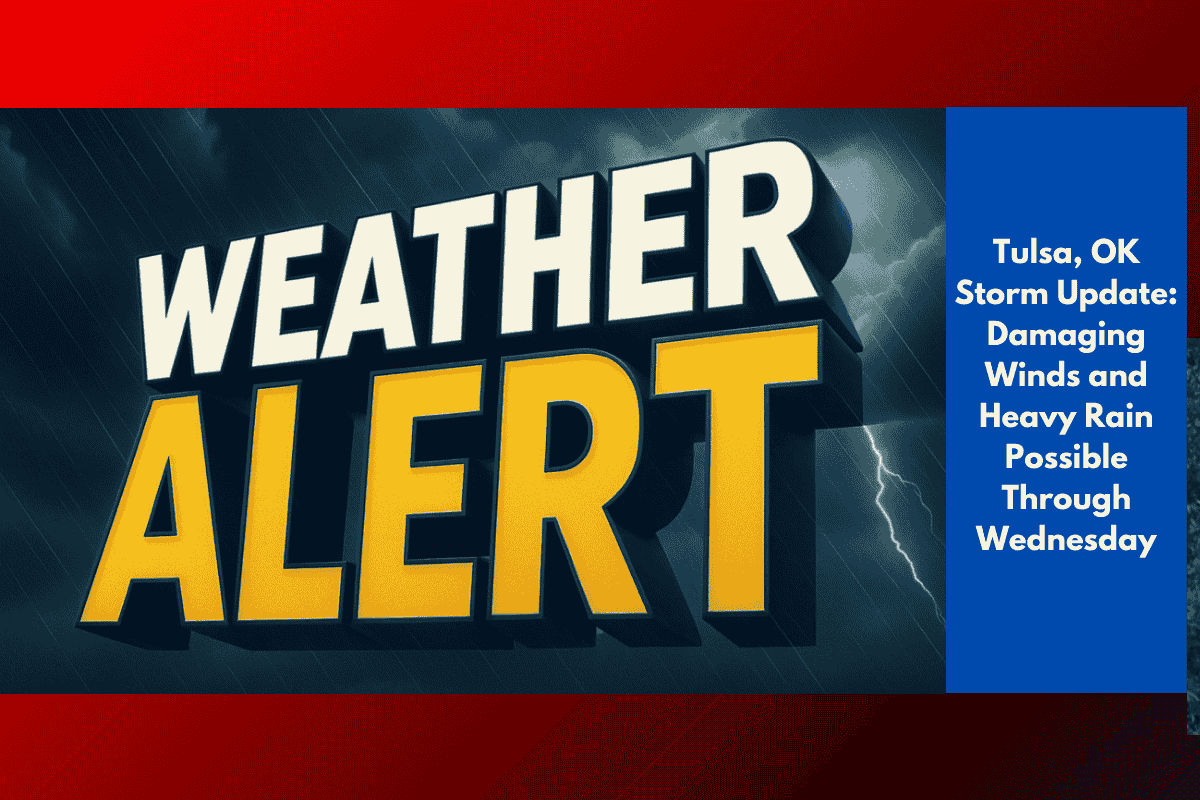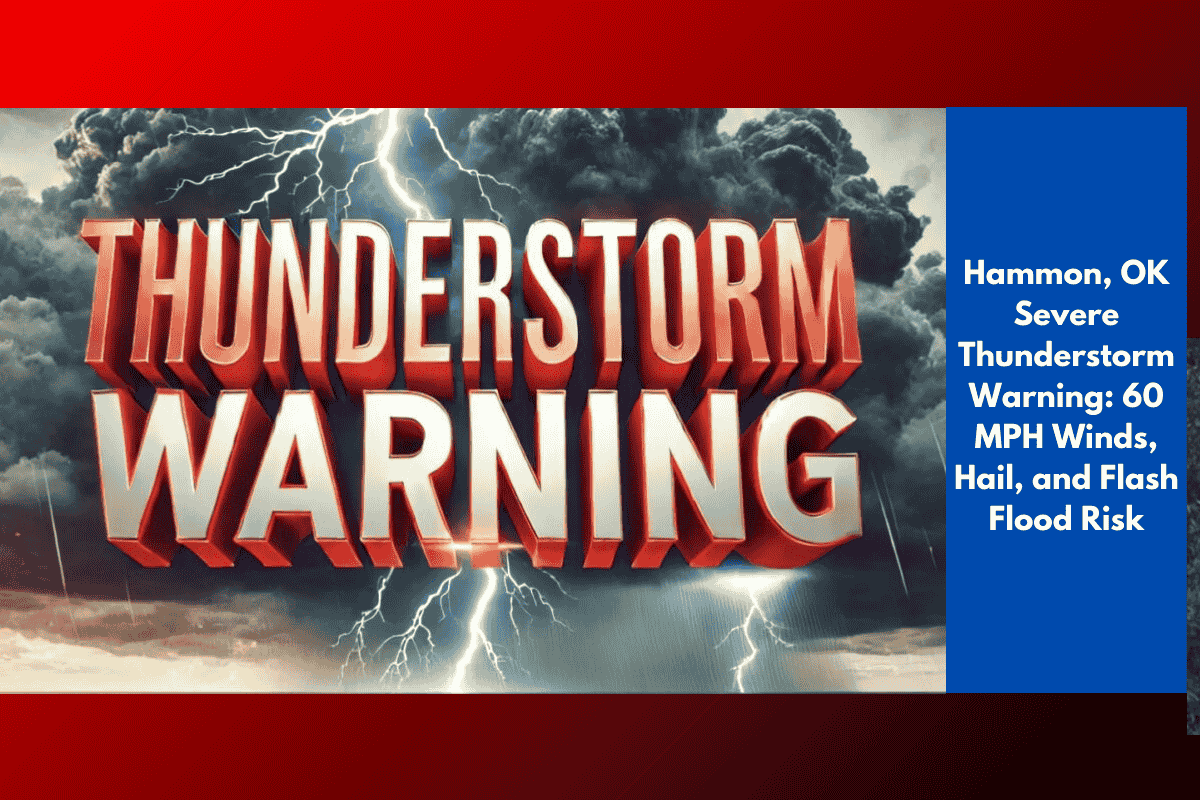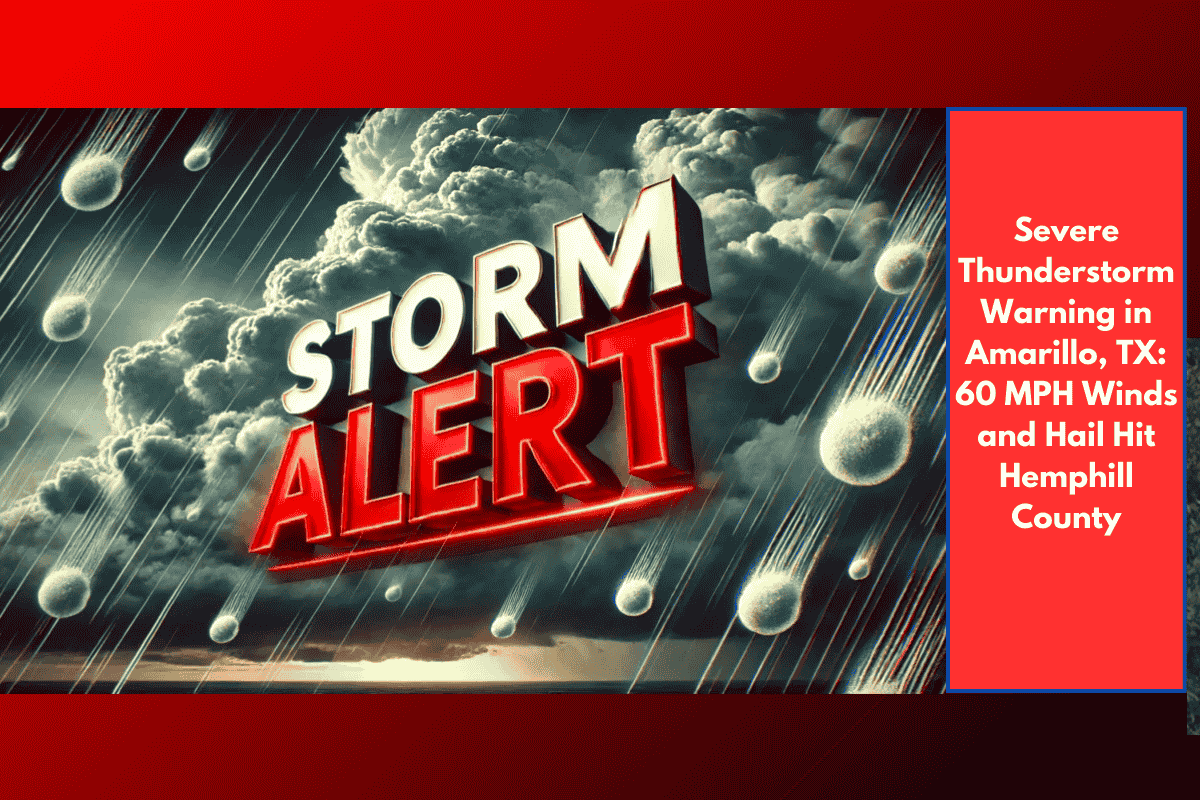Outer Banks, North Carolina is bracing for impacts as Hurricane Erin strengthens in the Atlantic, prompting storm surge and tropical storm warnings along the coast. Although Erin is expected to remain offshore, its wide wind field and powerful surf will bring dangerous coastal conditions starting late Wednesday.
Hurricane Erin Update: Where It Is Now
As of the 11 a.m. advisory on Tuesday, the National Hurricane Center (NHC) reports:
Location: 690 miles southeast of Cape Hatteras
Movement: Northwest at 9 mph
Maximum sustained winds: 105 mph (Category 2 strength)
Forecast models suggest Erin will pass near the Bahamas, then curve northward on Wednesday and northeastward Thursday, tracking just off the U.S. East Coast.
Outer Banks: What to Expect
Even though the storm is forecast to stay offshore, the Outer Banks will likely begin feeling tropical-storm-force winds and storm surge impacts as early as Wednesday evening.
Key threats include:
Storm surge flooding in low-lying coastal areas
Waves large enough to cause beach erosion and road washouts
Tropical storm winds reaching 40–60 mph in exposed areas
Hazardous surf and rip currents along the coast
Residents in Dare County, Hatteras Island, Rodanthe, and surrounding coastal communities are urged to secure property, move vehicles to higher ground, and avoid flood-prone roads.
Wind and Rain Impacts
Erin is a large storm, with hurricane-force winds extending up to 80 miles from its center and tropical-storm-force winds reaching out to 205 miles. This means that even if the storm stays offshore, areas far from the center will still face hazardous conditions.
Meanwhile, heavy rainfall from Erin’s outer bands is already affecting the Turks and Caicos and will continue across the Bahamas tonight. These bands could eventually reach parts of coastal North Carolina, causing localized flooding in low-lying and urban areas.
What’s Next for the East Coast?
While North Carolina prepares for early impacts, Mid-Atlantic and southern New England residents should also stay alert. Erin’s current forecast brings it close enough to the coast on Thursday into Friday to cause strong winds, rough seas, and coastal flooding along shorelines as far north as Massachusetts.
Forecast confidence is high for Erin’s offshore track, but any slight shift west could significantly increase the storm’s impact on the East Coast. The NHC is closely monitoring Erin’s track and strength, and updated advisories will be released regularly.
Safety Tips for Coastal Residents
Follow local emergency instructions and evacuation orders if issued
Avoid beaches and coastal roads starting Wednesday afternoon
Do not enter floodwaters—saltwater is corrosive and dangerous
Prepare for power outages by charging devices and stocking essentials
Stay tuned to reliable sources like the NHC and local news for updates
Hurricane Erin is strengthening offshore, but its large size and intense winds mean coastal North Carolina will still feel its effects. With storm surge, dangerous surf, and possible flooding expected in the Outer Banks starting late Wednesday, residents should take this storm seriously—even though its center may not make landfall. Coastal areas from the Carolinas to New England should continue to monitor Erin’s path and be prepared for quickly changing conditions as the storm moves closer.














